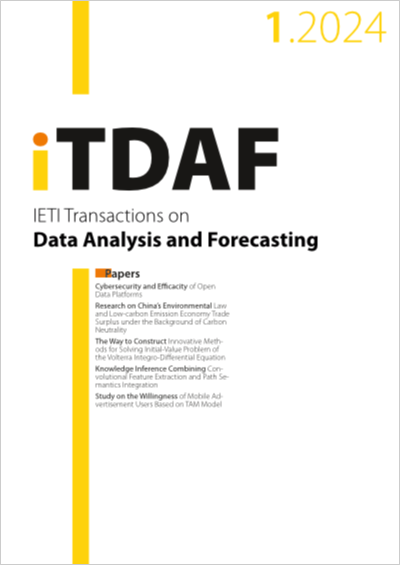Knowledge Inference Combining Convolutional Feature Extraction and Path Semantics Integration
DOI:
https://doi.org/10.3991/itdaf.v2i1.40095Keywords:
knowledge graph, knowledge inference, embedding representation, path semantics, CNN, LSTM, attention mechanismAbstract
Many knowledge representation models extract local patterns or semantic features using fact embeddings but often overlook path semantics. There is room for improvement in pathbased approaches that rely solely on single paths. A customized convolutional neural network (CNN) architecture is proposed to encode multiple paths generated by random walks into vector sequences. For each path, the feature sequence is then merged into a single vector using bidirectional long short-term memory (LSTM) by concatenating both forward and backward hidden states. Semantic relevance between different paths and candidate relations is computed using the attention mechanism. The state vectors of the relations are calculated using weighted paths. These paths help determine the probabilities of the candidate relations, which are then used to assess the validity of the triples. Link prediction experiments on two benchmark datasets, NELL995 and FB15k-237, demonstrate the advantages of our solution. Our model shows a 7.19% improvement at Hits@3 on FB15k-237 compared to Att-Model + Type, another advanced model. The model is further applied to a large complex dataset, FC17, as well as a sparse dataset, NELL-One, for few-shot reasoning.
Downloads
Published
2024-05-02
How to Cite
Chen, X., & Comite, U. (2024). Knowledge Inference Combining Convolutional Feature Extraction and Path Semantics Integration. IETI Transactions on Data Analysis and Forecasting (iTDAF), 2(1), pp. 48–62. https://doi.org/10.3991/itdaf.v2i1.40095
Issue
Section
Papers
License
Copyright (c) 2024 Xinyuan Chen, Ubaldo Comite

This work is licensed under a Creative Commons Attribution 4.0 International License.


